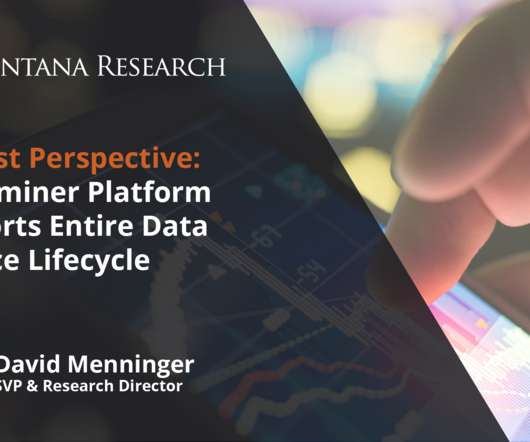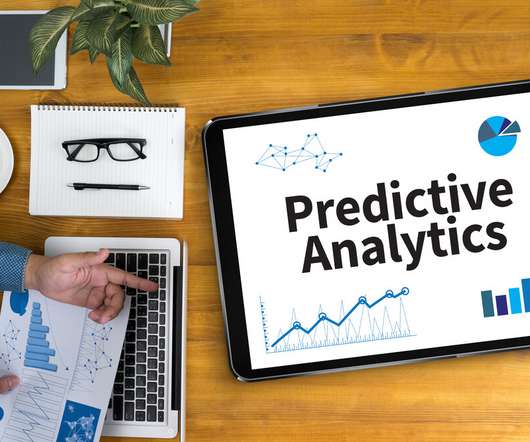Rapidminer Platform Supports Entire Data Science Lifecycle
David Menninger's Analyst Perspectives
SEPTEMBER 16, 2021
Rapidminer is a visual enterprise data science platform that includes data extraction, data mining, deep learning, artificial intelligence and machine learning (AI/ML) and predictive analytics. Rapidminer Studio is its visual workflow designer for the creation of predictive models.
















Let's personalize your content